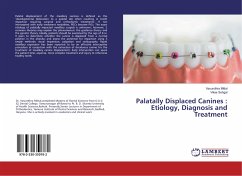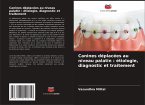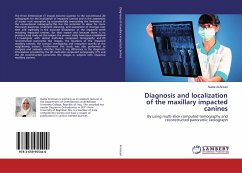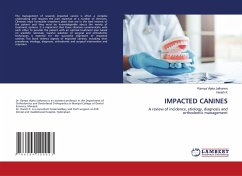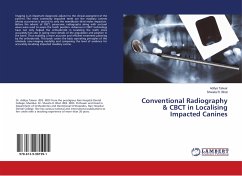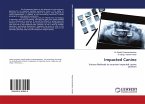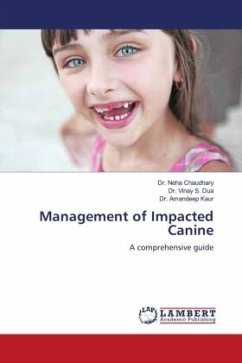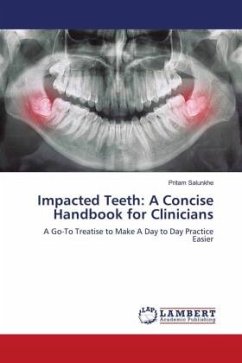Palatal displacement of the maxillary canines is defined as the 'developmental dislocation to a palatal site often resulting in tooth impaction requiring surgical and orthodontic treatments'. If not intercepted with early treatment modalities, PDCs become PICs. The exact etiology of palatally impacted maxillary cuspids is unknown; however, 2 common theories may explain the phenomenon: the guidance theory and the genetic theory. Ideally, patients should be examined by the age of 8 or 9 years to determine whether the canine is displaced from a normal position in the alveolus and assess the potential for impaction using 3 simple methods: visual Inspection, palpation and radiography. Rapid maxillary expansion has been reported to be an effective interceptive procedure in conjuction with the extraction of deciduous canine for the treatment of maxillary canine displacement. Early intervention can spare the patient time, expense, more complex treatment and injury to otherwise healthy teeth.
Bitte wählen Sie Ihr Anliegen aus.
Rechnungen
Retourenschein anfordern
Bestellstatus
Storno

